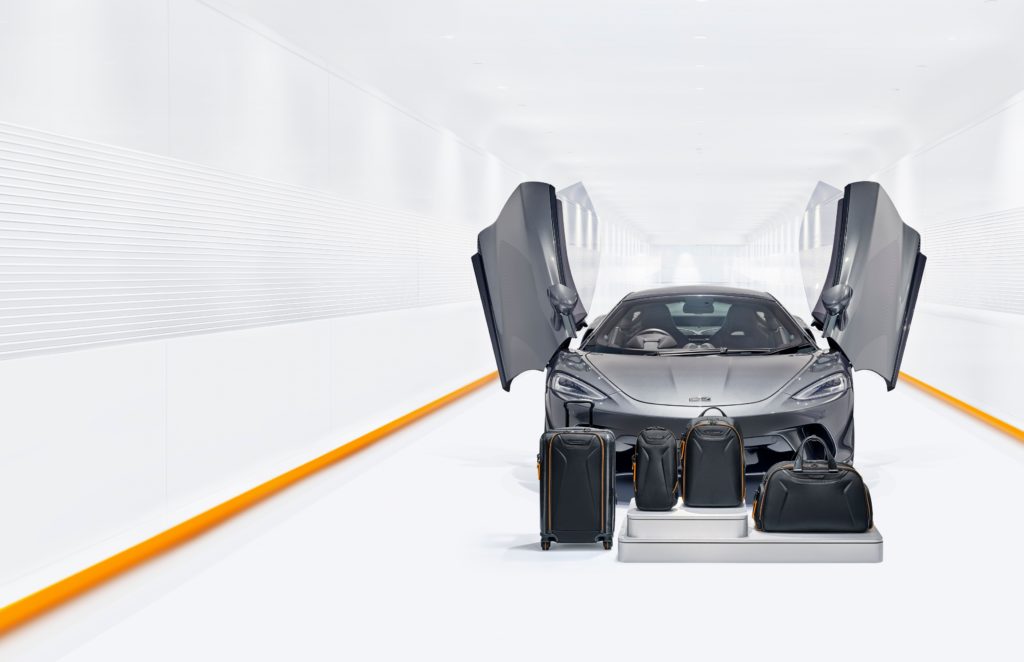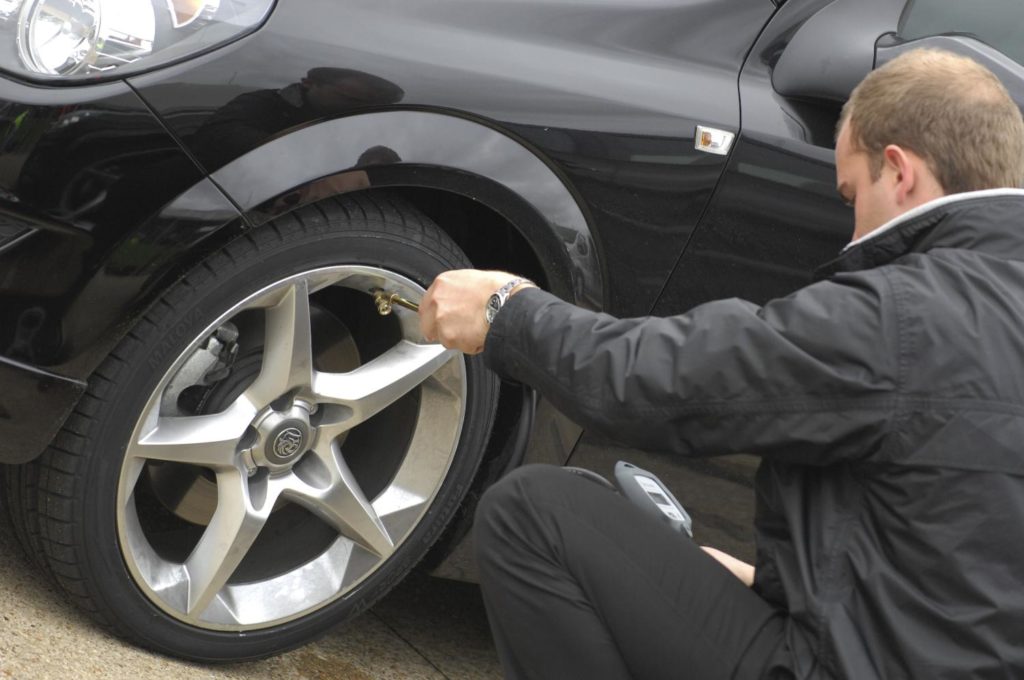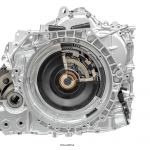You might have seen the letters XL on the side of your car’s tyres. These are special tyres that are designed for heavy cars or in the case of vans, those that need to carry heavy loads.
Why do so many cars need XL tyres now?
The acronym XL stands for Extra Load. But rather than enabling the vehicle to carry heavier loads than standard tyres (although they do), it refers to the weight of the vehicle. The simple reason why so many cars need these special tyres now is because they’re very heavy.
There are two reasons behind this. The first is the increasing amount of equipment that modern cars are expected to have onboard, from extra safety kit to air conditioning. All this adds weight.
In addition, ever more cars are powered by electrification in some form, whether they’re petrol-electric hybrid or fully battery electric (EV). And the thing about batteries is they’re very heavy. It means that a lot of regular family size EVs now weigh in at more than two tonnes.
What are XL tyres?
Extra load tyres are designed to support heavy cars. Think about how a tyre works for a second. It is essentially a case full of air. It is this air that supports the car and acts as a buffer between wheel and road.
In order to carry a heavier vehicle, the tyre needs to have more reinforcing materials in it and that’s why they’re denoted XL.
In weight terms, strictly speaking, the vehicle may not need XL tyres for everyday life. However, when it’s loaded up with five people and their luggage, the car may be too heavy for tyres that have a regular load rating.

Benefits of buying XL tyres for car owners
Buy XL tyres and you’ll know that it’s likely to have been designed to cater for the physical requirements of your car. You can spot XL tyres because of the writing on the side. You will see letters and numbers that should look something like 225/40 R18 92Y XL.
As we’ve seen, to wear the XL logo, tyres need to be reinforced. This means that they should give the car predictable handling which will make it feel more stable to the driver. And they’re less likely to fail suddenly because of the weight they’re having to carry.
Frequently a car on its own might not need XL tyres. But add passengers and luggage into the equation and all of a sudden it’s gained a few hundred kilos. But even if your car has tyres that are XL, you still have to be sure that you haven’t overloaded it.
Look in the user manual and you’ll see Maximum Authorised Mass or Gross Vehicle Weight. This is the heaviest that car can be without breaking the law. Then look for its kerb weight. This will be what the car weighs before it’s got any passengers or luggage in. Subtract kerb weight from maximum authorised mass and you have the vehicle’s payload. This is the amount of weight you can add to the car before you make it illegal.
Things to consider when buying new car tyres
The most important consideration when buying tyres is safety. You want a tyre that is going to stop as quickly as possible in wet and dry conditions. It must also handle well so ideally provide plenty of grip when going round corners. It shouldn’t be too noisy in or outside the car plus it should also enhance fuel efficiency and last as long as possible.
All that is a lot for a tyre to cope with and some of those attributes are contradictory. So the more money you spend on a tyre, the more likely you are to get one that performs strongly in all areas, or at least is the best compromise. View all premium tyres and many of them will perform better than cheaper competitors.
Understanding speed and load ratings
You can choose XL-rated tyres for your car but they must still conform to the speed and load ratings that are recommended for your vehicle. We explain speed ratings in depth here and load ratings here.
To know which tyres your car needs, check the user manual. Confusingly, it may have a selection of different tyres for your car. This is because the manual will be written for a general model of car and the pages about tyres will have to cope for all the different specifications and power outputs.
One tip is to use a highlighter pen to mark your car’s specification and tyre. Then you only have to search for it once.

Air pressure is important for XL
It’s important to check the air pressure of XL tyres regularly. They are designed with a more robust construction and can cope with the extra air pressure that carrying a heavier load requires. This means they may require a greater inflation pressure. You should be able to find information on inflation pressures inside the fuel filler flap, on the door pillar or in the user manual.
And if you’re worried about your tyres, book a free tyre check with a local garage.

I’ve been writing about cars and motoring for more than 25 years. My career started on a long-departed classic car weekly magazine called AutoClassic. I’ve since pitched up at Autosport, Auto Express, the News of the World, Sunday Times and most recently the Daily Telegraph. When I’m not writing about cars and motoring, I’m probably doing some kind of sport or working in my garden.







